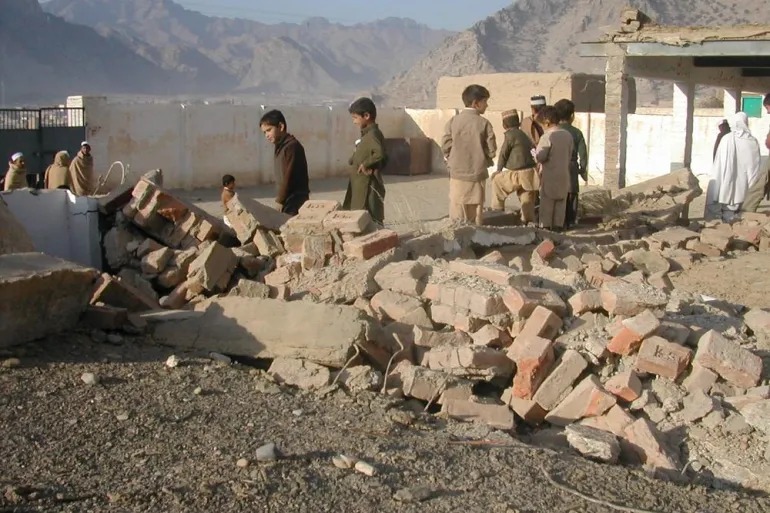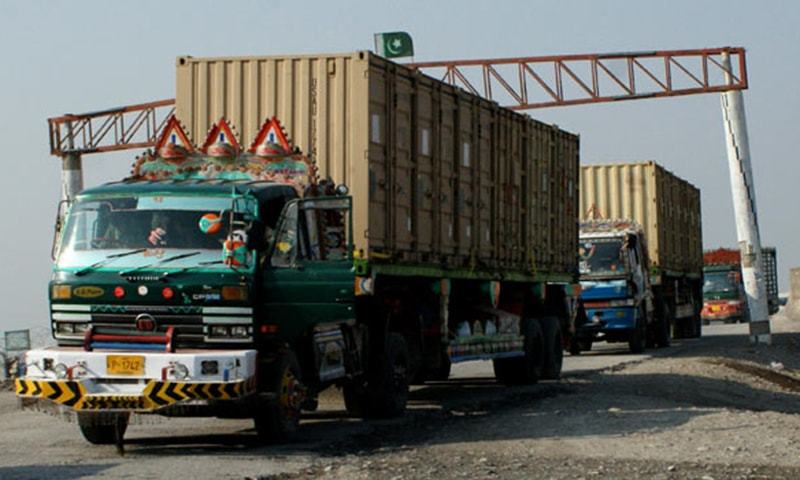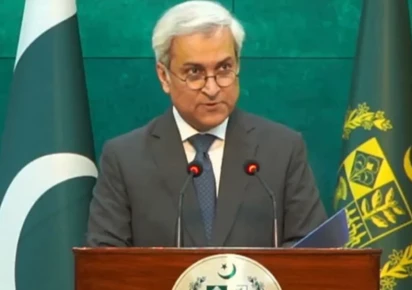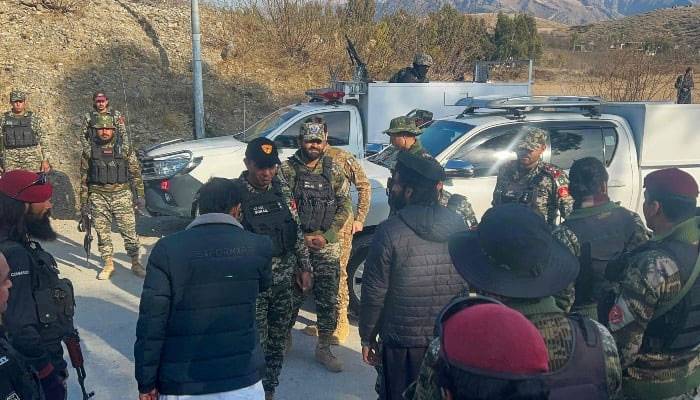By Amin Khan
Jawad Ahmad, a highly talented student from the conflict-affected region of Waziristan, said that his education was severely disrupted during the height of terrorism. Despite the difficult circumstances, he managed to pass his matric exams with good marks from the Dera Ismail Khan Board. However, the wave of terrorism created serious problems for his entire family. Their household relied on the small income from a modest shop in the village, but due to rising violence and poverty, they were forced to leave their hometown and move to Karachi.
Jawad said he could not continue his studies because of insecurity and financial hardship, and he is now working as a truck driver in Karachi to support his family. Yet, he expressed a strong desire to secure a better future for his children, vowing to work hard so that they can receive a proper education.
Terrorism does not only hurt people physically — it also makes communities poorer and less stable. When attacks happen, businesses close, jobs are lost, and families struggle to meet their basic needs. Schools, hospitals, and markets become unsafe, and many people are forced to leave their homes. As fear spreads, daily life becomes harder, and communities find it difficult to rebuild. This shows that terrorism creates poverty and brings serious, lasting problems to the lives of many people.
Effects of Terrorism on Education
Terrorism has a very bad effect on education. When there are attacks or threats, schools often have to close, and children cannot go to class safely. Many teachers leave their jobs, and families are too afraid to send their children to school. This means children miss learning important lessons, fall behind in their studies, and lose chances for a better future. In this way, terrorism stops education and makes it very hard for communities to grow and improve.
Along with affecting schools, terrorism also hurts the daily lives of students and their families. Children may have to work or stay at home to stay safe, and families often struggle to pay for education because jobs and businesses are lost. Even when schools are open, fear and stress make it hard for students to focus and learn. This shows that terrorism not only destroys buildings but also takes away opportunities for children to learn and succeed, leaving a long-lasting impact on the whole community.
According to a report published by the Global Coalition to Protect Education from Attack, Pakistan experienced a staggering 867 attacks on educational institutions between 2007 and 2015, resulting in 392 deaths and 724 injuries, while at least 838 school assaults were recorded between 2009 and 2012, leaving hundreds of schools damaged. The crisis continued into 2015, when the Ministry for States and Frontier Regions (SAFRON) reported that 360 schools had been destroyed across three of the seven regions of the Federally Administered Tribal Areas (FATA). The scale of the threat to education was tragically highlighted by the targeted attack on future Nobel Peace Prize laureate Malala Yousafzai on October 9, 2012, and the December 16, 2014, massacre at the Army Public School in Peshawar, which claimed 135 children’s lives. In response, Prime Minister Nawaz Sharif unveiled a 20-point National Action Plan to combat terrorism, yet remarkably, none of the measures addressed the protection of students or the safeguarding of education, exposing a critical gap in policy amid the country’s ongoing crisis in learning and safety.
According to data from UN Women, the FATA Development Indicators, Human Rights Watch, and other sources, literacy in terrorism-affected areas of Khyber Pakhtunkhwa (KP) and FATA has historically been very low. In the late 2000s, the overall literacy rate in FATA was around 21%, with female literacy between 3% and 8% (MSI, 2012; Tribune, 2011). By 2013–14, surveys reported that overall literacy had increased to approximately 33.3%, with male literacy at about 49.7% and female literacy around 12–13% (FATA Development Indicators Survey, 2014; UN Women, 2020). More recent reports indicate that female literacy in ex-FATA remains extremely low, at around 7.8% (SATP, 2023), highlighting that despite some post-merger improvements, educational development—especially for girls—continues to lag behind in these historically conflict-affected regions.
Economic Losses Surge Amid Terror Attacks
For many years, terrorism severely disrupted business activities in Khyber Pakhtunkhwa and ex-FATA, creating an atmosphere of fear and uncertainty. Markets that were once full of life became quiet as customers avoided crowded areas, and shopkeepers struggled to keep their businesses open. Repeated attacks, bombings, and operations made it difficult for traders to maintain regular business hours, causing major financial losses across the region.
The industrial and trading sectors were also hit hard because investors pulled back from starting new projects. Factories in areas like Nowshera, Hayatabad, and Gadoon faced shutdowns due to security threats, while small industries in ex-FATA—such as marble, minerals, and agriculture—could not grow. Transport routes were frequently targeted, increasing delivery costs and making it harder for goods to reach markets on time. This led to unemployment for thousands of workers and weakened the local economy.
Although security conditions have improved, the business community is still struggling to recover from years of instability. Traders say that rebuilding confidence will take time, and many believe that long-term peace is essential for economic revival. Government incentives, better infrastructure, and safer trading routes are helping, but experts stress that continuous support is needed to restore business activity fully. With improved security and new opportunities, especially under CPEC, the region hopes to rebuild its economic strength.
Revival Requires Strong, United Action
Terrorism has severely disrupted the social and economic fabric of Khyber Pakhtunkhwa and the former FATA regions. Years of terrorist activity, targeted attacks, and insecurity have forced thousands of families to live in fear, damaging their livelihoods and limiting access to education, healthcare, and basic services. Markets, small businesses, and transport networks have suffered repeated blows, preventing economic stability and discouraging private investment. As a result, unemployment has risen, poverty has deepened, and many young people have been left without opportunities, making the region even more vulnerable to extremist influences.
To reverse this trend, both the provincial and federal governments must take strong and coordinated steps to bring financial transformation to these areas. This includes creating job opportunities, developing Special Economic Zones, improving roads and marketplaces, supporting local industries, and offering easy loans for small entrepreneurs. Skill development programs for youth and women, investment in education, and improved access to digital and renewable technologies can uplift entire communities. By focusing on long-term economic growth and empowering local residents, the government can reduce the appeal of extremism, restore stability, and pave the way for a peaceful and prosperous future for Khyber Pakhtunkhwa and the ex-FATA region.







